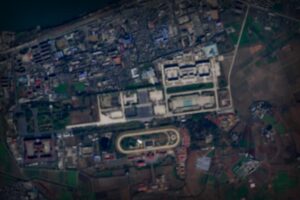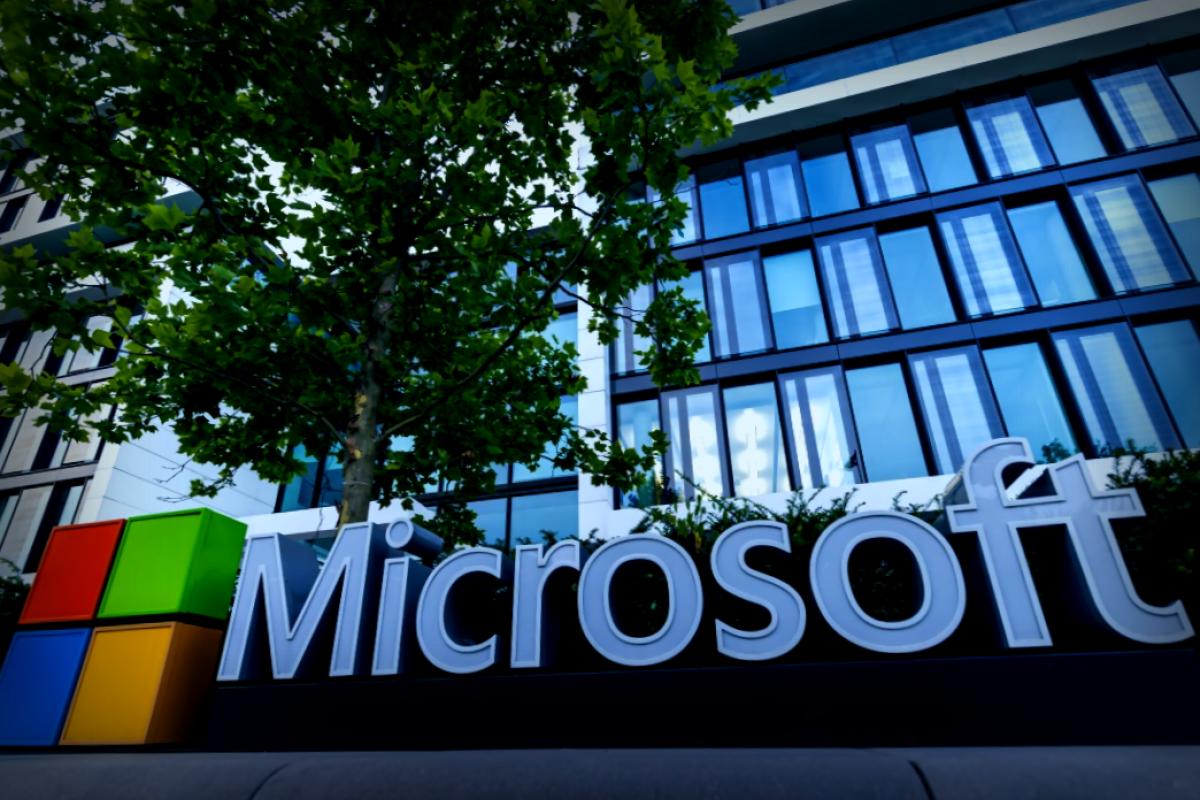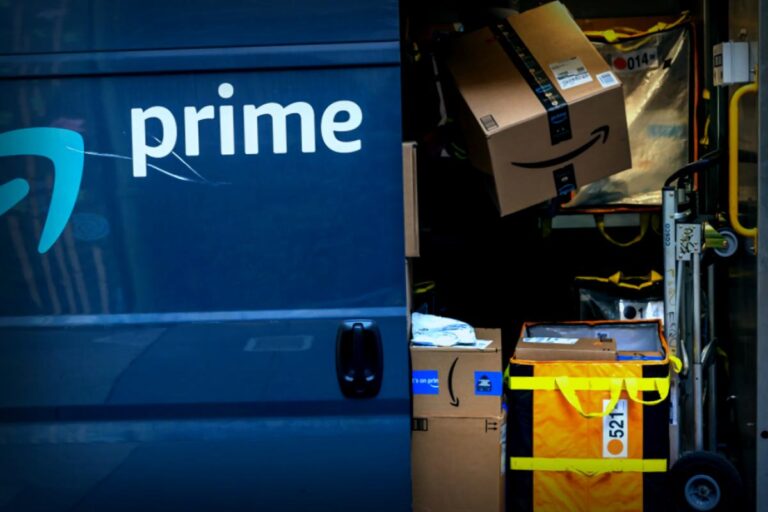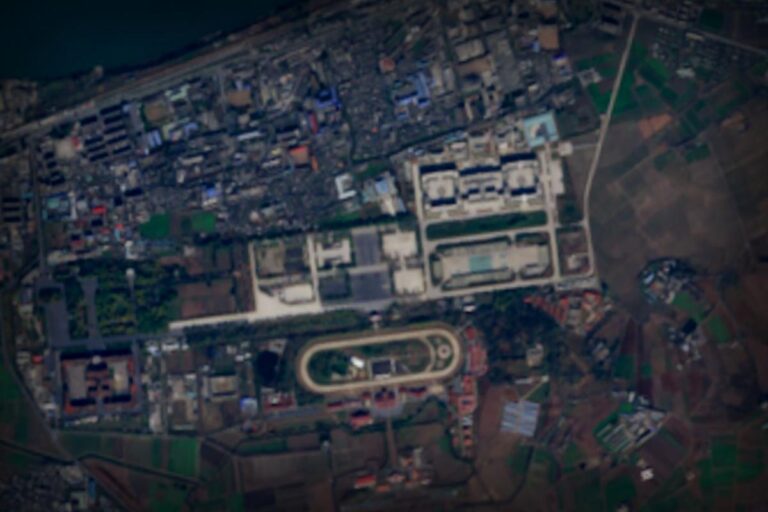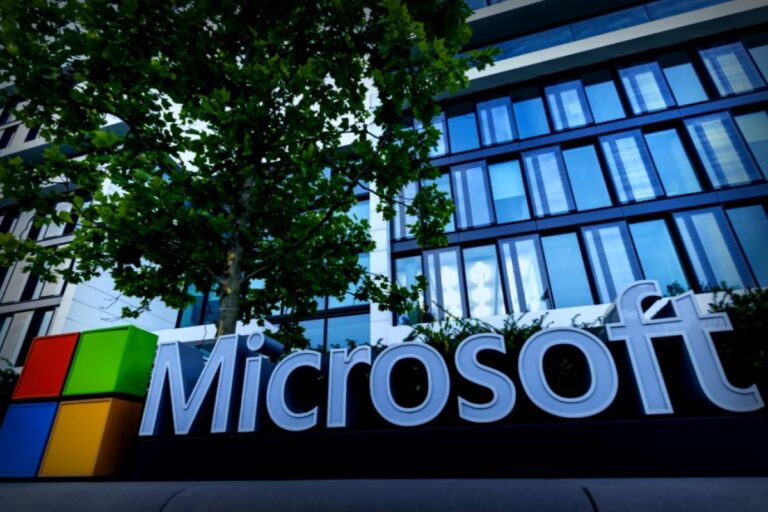When you hear about Microsoft’s (MSFT) latest project, you might think it’s straight out of a sci-fi flick rather than just another bit of tech infrastructure.
They’re introducing a massive AI “superfactory” that combines cutting-edge data centers with next-gen networking, using hundreds of thousands of Nvidia’s powerful GPUs.
While Microsoft sees this as a pivotal moment for generative AI, the sheer scale and cost hint at something far more ambitious.
The race in AI isn’t just about cool new features anymore; it’s all about who can create the biggest, fastest, and most data-hungry machine on the planet.
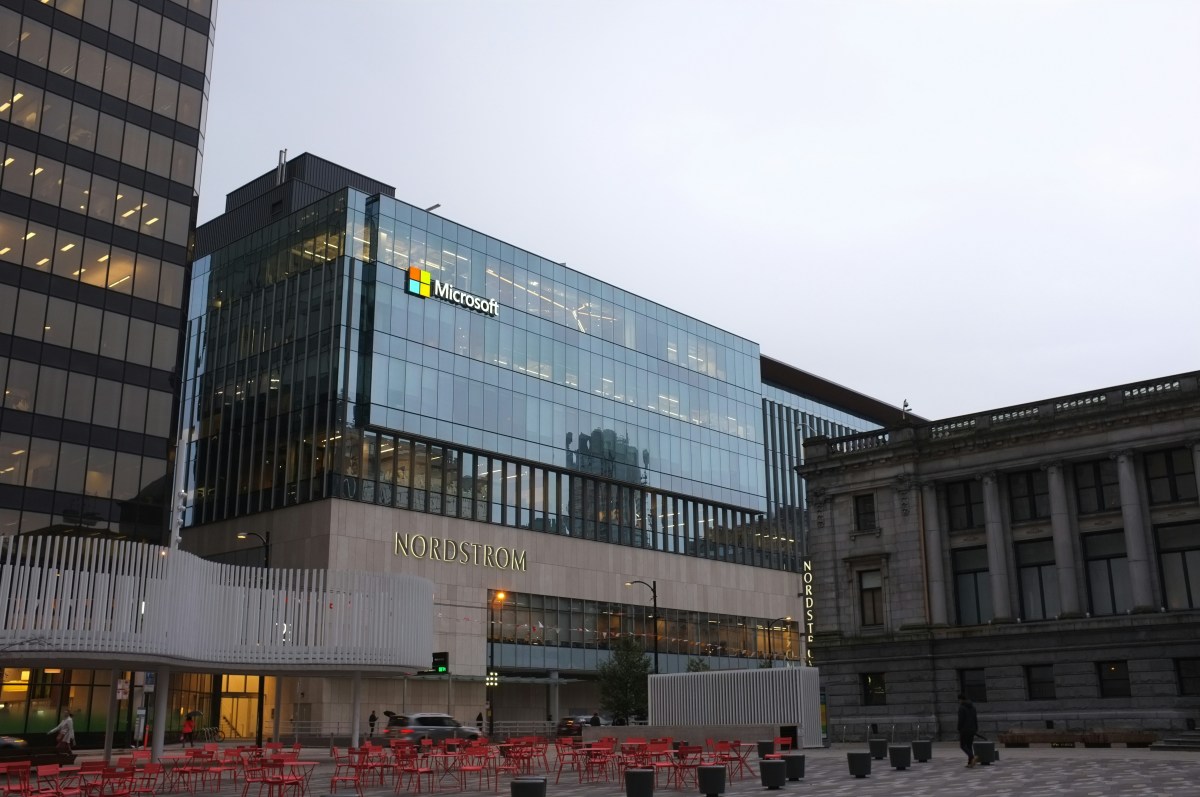
Microsoft’s World-Changing AI Machine
This new AI superfactory is far more than just an impressive data center.
We’re looking at an AI powerhouse engineered to train and operate at lightning speed, potentially outpacing its rivals.
What’s Inside the Superfactory: Growth, Technology, and Connectivity
Microsoft’s new setup isn’t just another computing resource. It marks a revolutionary way of doing technology.
The power of Nvidia’s chips, alongside advanced networking and rack systems, encapsulates Microsoft’s plans to dominate the AI race.
- A 700-Mile Nvidia-Driven Network: With Microsoft’s sites in Atlanta and Wisconsin Fairwater, they’re connecting a vast AI supercomputer that stretches over 700 miles, cutting training time from months to just weeks. Both locations utilize hundreds of thousands of Nvidia Blackwell GPUs.
- Dense GPU Architecture: Nvidia’s GB200 NVL72 systems are fundamentally layered GPUPS intertwined with NVLink and InfiniBand, defining the power behind this superfactory project.
- Mega-Campuses in Development: Fairwater 2 (Atlanta) is already active, while Fairwater 1 (Wisconsin) is set to begin operations in early 2026 after two years of construction. Each facility boasts over 1 million sq. ft., and Microsoft plans to expand its data-center capacity significantly by 2027.
Nvidia: The True Champion Behind Microsoft’s Superfactory
Clearly, Nvidia is playing an enormous role in this venture as Microsoft’s deployment confirms their status as vital suppliers in the age of AI.
The hundreds of thousands of Blackwell GPUs, along with Nvidia’s efficient NVLink/InfiniBand networking systems, are the backbone of this entire operation.
Related: Cathie Wood sells off $30 million of popular stocks
CEO Jensen Huang has announced that company already has an eye-popping $500 billion in AI chip contracts lined up, encompassing agreements with top tech firms.
Nvidia is operating on an entirely different plane financially.
More on Tech Stocks:
- Palantir keeps moving forward; competitors are worth a second take
- Next big thing from Nvidia could be flying cars
- Cathie Wood cashed out $21.4 million in AI stocks
In just the last quarter, sales in the data center division surged 56% to $41.1 billion, while Nvidia briefly reached a market cap of $5 trillion, a huge jump from what might seem like a modest $400 billion before AI gained steam.
Nvidia’s stock is up near its all-time highs, having skyrocketed nearly 1,200% in just five years, showing that investors are confident regardless of which AI technology comes out on top.
Microsoft vs. The World in the AI Race
While Microsoft’s superfactory raises the competitive bar, it’s crucial to note that Big Tech companies aren’t sitting idle.
Major players are either constructing (or leasing) their proprietary AI solutions, each with their unique strategies and significant financing.
- Amazon’s Ambitious AI Development: Amazon Web Services is diving deep into custom silicon with Project Rainier, which is building an extensive multi-data center setup accommodating a staggering 500,000 Trainium2 chips— aiming to reach 1 million by the end of the year. They’re also creating an AI campus in Indiana covering over 1,200 acres.
- Google’s $90 Billion-a-Year AI Endeavor: Alphabet is upping its 2025 capex to $91 to 93 billion, with a hefty two-thirds allocated for TPUs and AI hardware. Comparatively, Google’s upcoming TPU v5 offers four times the output for core tasks.
- Meta Surpassing Expectations: Meta is targeting deployment of a whopping 1.3 million AI chips by year-end, dedicating $60-70 billion annually for overhauling its tech into AI-centric systems.
- Apple’s Stealthy Strategy: Apple is leaning toward AI applications on devices while allocating $1 billion yearly for generative AI R&D. Instead of colossal data centers, they’ve opted to partner with Google’s Gemini by paying $1 billion a year for Siri enhancements and are building smaller GPU clusters for its internal AI model, “Ajax”.
Related: AMD transforms competition lines with bold strategy



